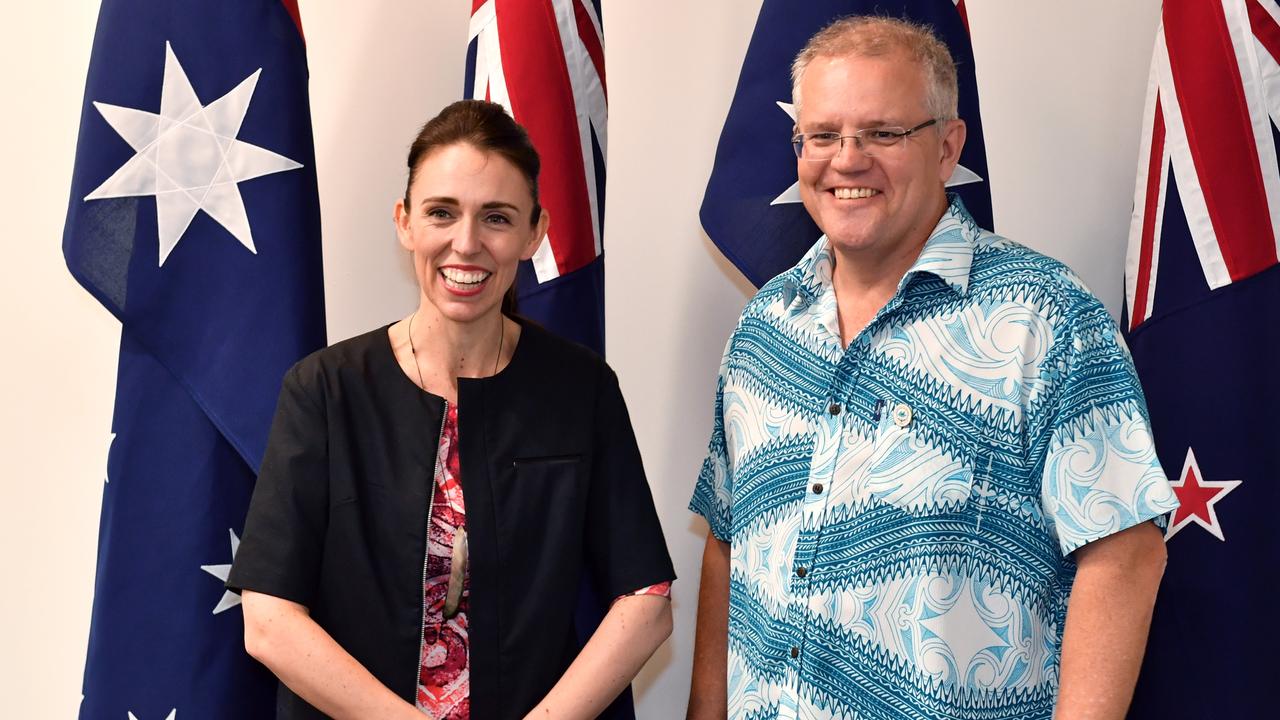If voters have been looking for a reason to back Malcolm Turnbull, they obviously haven’t found one yet.
And it would appear unlikely they are about to. The electoral mood is simply not shifting for the Coalition or the Prime Minister.
Today’s Newspoll, the last before Turnbull faces the measure of his own yardstick, will come as a shock to the Prime Minister and most of his colleagues.
Bill Shorten will also be more than just surprised by the numbers. Privately, Shorten was expecting to take a significant electoral hit since announcing his scorched-earth tax grab to scrap franked dividend refunds to more than a million retirees.
He was right to think so. As a policy, it was about as popular as dysentery. But the opposite has happened.
Labor’s primary vote has gone up and there has been no change to the two-party-preferred vote, with the Coalition still trailing 47-53 behind.
This and the fact that Shorten’s personal ratings also went up should be of great concern, if not confusion, for the government.
Liberal strategists, and honest Labor ones, believe that Labor’s greatest long-term problem over the past few years has been its declining primary vote. Paul Keating famously once said that Labor could not expect to win an election without a primary vote with the number 4 in front of it.
While Julia Gillard proved this wrong, Keating never in his darkest moments would have believed that Labor could consummate an alliance with the Greens.
In the 2016 election, Labor managed just 34.7 per cent of first-preference votes.
The 2013 election was only marginally worse, with a primary vote of 33.4 per cent. The difference in the outcome, where one election was a landslide and the other very nearly an upset, was One Nation.
Labor’s primary vote since 2016 has not dramatically zig-zagged. When it has tended to break out, it has tended upwards. It has been an incremental ascent.
As underestimated by the Coalition as perhaps Abbott was by Labor, Shorten began his leadership with a mission to rebuild Labor’s base from the ruins of 2013.
This meant that policy was always going to play a subordinate role to the political strategy. The consequence for both speaks for itself. As much as the government likes to portray Shorten as a socialist, he is obviously targeting the right people — presumably blue-collar workers.
What Shorten has managed to do is, bit by bit, restore Labor’s primary vote. It is now back to a level it hasn’t enjoyed since before Turnbull rolled Tony Abbott.
The fact that it has been a slow and steady climb is very much to Shorten’s advantage because it suggests he is managing to lock in votes.
What Shorten has also been able to do is identify a bandwagon and jump on it.
Turnbull, on the other hand, has always maintained a conviction that as long as he has the policy right, the politics will then take care of itself.
As one senior Liberal source remarked, borrowing from Dickens’s tome, it has become a “tale of two nations”. One of them is plugged into where the punters are while the other lives in a fantasy land.







To join the conversation, please log in. Don't have an account? Register
Join the conversation, you are commenting as Logout